1. What does the EU propose to do on discards and what’s been the reaction?
The all-out ban on discards has made many experts nervous. The BRC’s sustainability policy advisor, Katherine Pazderka, points out that the proposals are focused more on curing the problem of what to do with discards than on prevention.
She says the ban must be accompanied by financial incentives to encourage fishermen to avoid catching fish that would ordinarily end up being discarded. “If I were a fisherman, would I be inclined to invest in technology to reduce the fish I’d have to discard if I can just land them anyway? No.”
In the worst-case scenario, Nigel Edwards, technical director at seafood supplier Seachill, warns the proposals may have the unintended effect of encouraging fishermen to catch more fish that are of little value to the human food chain. “Discards have to stop, but it is equally important that fishing becomes more selective and targets species and sizes that sell. We do not want to encourage fishing just for fishmeal use,” he says.
No-one quite knows, but there will almost certainly need to be a short-term cut in quotas. In the speech she gave last week, Maria Damanaki accused the EU fishing fleet of being “obese”. One instrument by which the fleet could be slimmed down is the proposal to introduce transferable catch shares, or concessions, granted to vessels over 12 metres as well as all vessels using towed gear.
The Commission believes this will directly reduce overcapacity, citing as examples Denmark, where tradable concessions had “slimmed down” the demersal fleet by 30%, and Norway, where the pelagic fleet had been reduced by 50%.
The EU has also signalled its support for aquaculture in a bid to reduce dependence on imported fish and to boost growth in coastal and rural areas. Among other measures, it will set up an Aquaculture Advisory Council to provide advice and support although how it will do so is yet to be established.
The focus on aquaculture has been welcomed by seafood suppliers, who know it must play an increasingly important role to supplement wild-caught fish and meet consumers’ future protein needs. As Mike Mitchell, CSR director at Young’s Seafood, says: “Wild-caught and farmed seafood have to sit side-by-side on-shelf, so need to be treated as equal and co-existent in the supply chain.”
The proposals have huge potential to rebuild consumer confidence in the fish category, with TV programmes such as Hugh’s Fish Fight having arguably eroded shoppers’ faith. “Anything that reduces the reluctance to eat two portions of fish a week is good for business and good for the nation,” says Young’s Mitchell.
The call to land all fish that is caught has the potential to increase the variety and availability of fish eaten by UK consumers, but retailers need to work with suppliers on promoting it to shoppers.
Yes. There could be a storm brewing over the Commission’s plans to improve labelling of seafood products. The Commission has indicated that new marketing standards will be introduced to give consumers clearer information for example, compulsory labelling to differentiate seafood from wild fisheries and aquaculture products.
Suppliers are worried about both the quality and quantity of the information they will be required to provide on already-crowded packs. “Labelling must add consumer value, not just complexity and cost. We maintain traceability, but why should the consumer pay more for information they do not need or understand?” asks Edwards.
The BRC and the FDF are both concerned this could lead to negative quality perceptions for example, if previously frozen fish is required to be labelled. “In consumers’ eyes, fish labelled as previously frozen might be devalued even though it has the same nutritional content,” says Pazderka.
Some feel the reforms to tackle over-fishing will reduce overall supply in the short term but it’s a barrier the industry needs to go through to achieve long-term gain. “If reforms are effective, consumers will have access to more affordable seafood and we will be able to sell all EU-caught fish with confidence in its sustainability,” says Edwards.
The ending of discards and the proposal to land everything fishermen catch could open up new opportunities to increase fishermens’ revenue streams. While experts are reluctant to tout figures not least because the proposals must still go before the Council of Ministers and the EU Parliament an impact assessment accompanying the proposed reforms estimates a potential huge boost to profit margins. It says if fish stocks are exploited to their maximum sustainable yield, overall catches would increase by about 17%, profit margins would multiply by a factor of three and the gross added value for the catching sector would rise by about 90%, equal to 2.7bn in the next decade.
The top line from the Commission is that the CFP blueprint “seeks to bring new prosperity to the fishing sector”. But scratch the surface and it becomes clear that any resulting prosperity might not be evenly distributed.
9. How long will this take to become law and for the details to be bottomed out?
The plans face the characteristically bureaucratic process which the EU is famous for and must go before the European Parliament and the Council for adoption through the co-decision procedure. But if all goes to plan, the CFP reforms will enter into force by 1 January 2013.
Last week’s proposals were simply a blueprint for reform, though it’s unlikely any other proposals will reach the fever pitch of discards. But the debate has only just begun.
Hugh Fearnley-Whittingstall, who covered the discards issue on his Hugh’s Fish Fight TV documentary in January, shrewdly picked up on the most emotive issue within the CFP to highlight the wider issue of the EU’s failure to adequately safeguard fish stocks. An update to his Fish Fight is due to air on 8 August, so there’s still time for the chef to raise an issue he feels has not been adequately addressed.
What’s on the table?
- All EU fish stocks to be brought to sustainable levels by 2015.
- All fish to be landed and counted against quotas.
- A total ban on discarding fish at sea.
- The introduction of transferable catch quotas from 2014.
- Provision of improved information for consumers through enhanced labelling.
- A commitment to developing sustainable aquaculture.
- Decentralised governance, putting an end to micro-management from Brussels.
- Enhanced data collection.
- Support for small-scale fisheries.
- Financial support restricted to environmentally-friendly initiatives.
Sign in to comment on this article
Not logged in before? Register for FREE guest access today.
You will be able to:
- Read more stories
- Receive daily newsletters
- Comment on stories
Advert




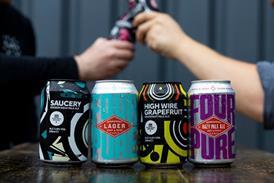


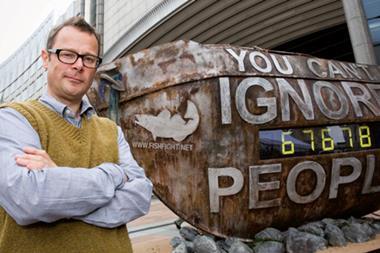
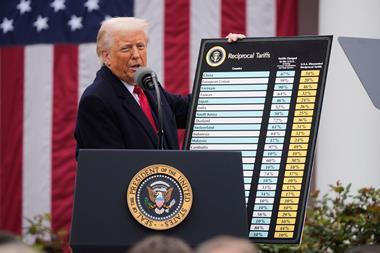
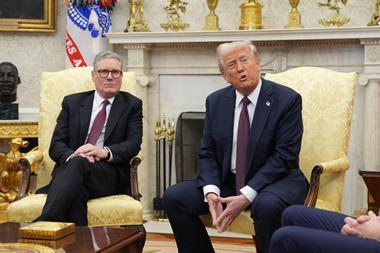





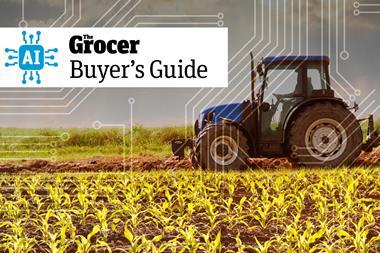



No comments yet